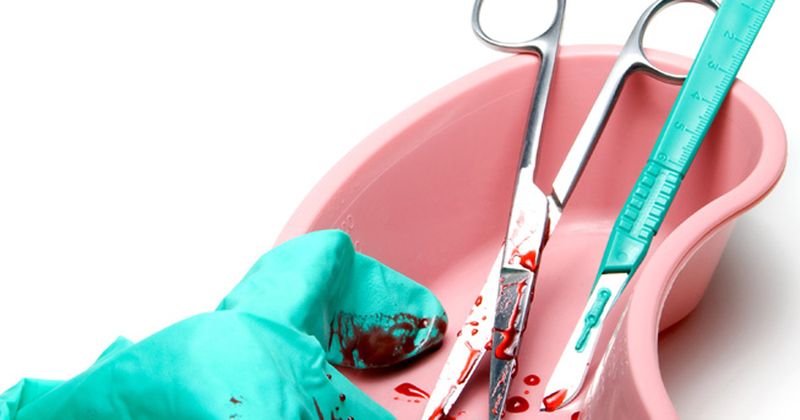Kidney biopsies may cause transplantable organs to be discarded in the US
Click Here to Manage Email Alerts
A published study found kidney biopsies performed in the United States did not accurately predict allograft survival or overall organ quality.
As such, researchers concluded biopsy results that show abnormal histology may unnecessarily prompt the discard of transplantable organs.

“Many kidneys donated for transplant in the United States are discarded because of abnormal histology,” Peter P. Reese, MD, MSCE, of the Perelman School of Medicine at the University of Pennsylvania, and colleagues wrote. “Whether histology adds incremental value beyond usual donor attributes in assessing allograft quality is unknown.”
For the study, researchers assessed 1,629 deceased donor kidneys that were transplanted at two centers in France and two in Belgium (mean kidney donor risk index [KDRI], 1.54). All kidneys were biopsied prior to transplantation, with the stated aim to “determine whether pretransplant biopsy results improve the prediction of allograft survival over routinely collected donor characteristics.”
They identified 1,103 donor kidneys that were discarded due to “biopsy findings” in the United States between 2015 to 2016, matching a total of 493 specifically discarded due to “histology” to similar kidneys transplanted in Europe (mean KDRI, 1.88). Researchers noted deceased donors in the United States were more likely to have hypertension (73.78% vs. 29.8%) and diabetes (29.62% vs. 8%) than their European counterparts.

“In this study, we took advantage of a natural experiment — differences in transplant practice between the U.S. and European centers,” Alexandre Loupy, MD, PhD, of the Paris Translational Research Center for Organ Transplantation, said in a related press release. “In France and Belgium, kidneys are not routinely biopsied as part of allocation but some centers do biopsy kidneys after acceptance for transplant and use those findings to guide subsequent patient care.”
Results showed consideration of donor histology from biopsy did not significantly improve prediction of long-term allograft failure at transplant centers in France or Belgium.
Further findings indicated the kidneys discarded in the United States “likely” could have been transplanted with acceptable survival rates.
More specifically, “Forty-five percent of U.S. kidneys discarded in this way could be accurately matched to kidneys transplanted in France,” Loupy said. “These discarded kidneys would be expected to have allograft survival of 93.1%, 80.7% and 68.9% at 1, 5 and 10 years, respectively.”
According to the researchers, the findings “raise substantial doubts” about the value of biopsies as currently practiced in the United States.
“These robust findings about the prognostic value of renal histology should challenge clinical practice at many transplant centers because approximately half of deceased donor kidneys in the United States undergo allocation biopsy,” they wrote.
“Our results suggest a viable pathway to bring transplantation to more patients in the United States through better stewardship of the resource of donated kidneys.”

